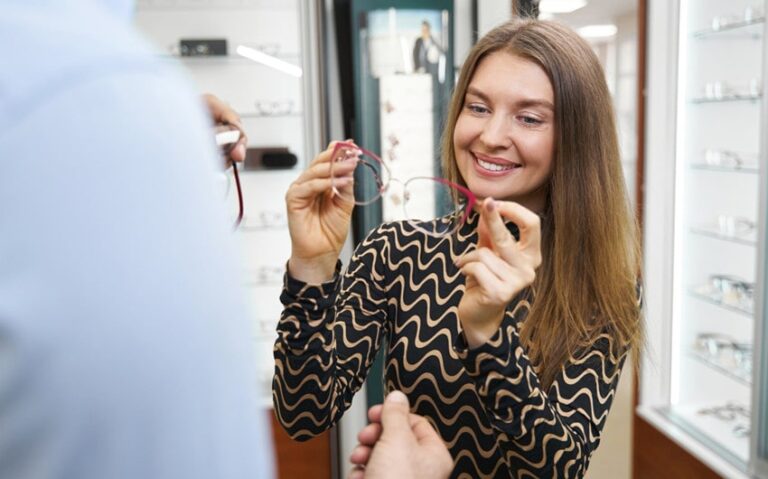Nana Hats’ Net Worth and How a Banana Saver Became a Brand
What is Nana Hats’ net worth, and how did a whimsical idea involving tiny hats for bananas turn into a serious consumer brand? At first glance, Nana Hats might seem like a classic gag gift, the kind of thing you see in holiday roundups or quirky gift guides. But behind the cute crochet and silicone toppers lies a functional purpose: to slow the ripening of bananas using a patented design. What started as a novelty item has grown into a well-loved and surprisingly effective product, bolstered by a successful appearance on Shark Tank and viral attention online.
What Is Nana Hats and How Did It Start?
Nana Hats is a company founded by Sean Adler, an entrepreneur based in San Diego, California. Like many great consumer products, the idea for Nana Hats came from a relatable household annoyance: bananas ripen too quickly, often spoiling before a household can eat them all. Adler noticed this and sought a fun yet functional solution. The result was a reusable silicone hat, styled like a tiny beanie or fedora, that fits snugly over the banana stem and includes a small magnet to hold it in place.
The concept sounds playful—and it is—but it also serves a purpose. Bananas release ethylene gas through their stems as they ripen, and Nana Hats help slow this process by sealing off the stems in a breathable yet contained way. By reducing the amount of gas that escapes, the hats help extend the fruit’s freshness by a few days. For those tired of wasting bananas or dealing with brown mush at the bottom of the fruit bowl, it’s a small but meaningful solution.
Nana Hats launched online and gained early traction through social media. Its bright, adorable designs were instantly shareable—perfect for Instagram posts, TikTok reactions, and novelty gift lists. Early adopters included people looking for sustainable kitchen solutions and shoppers seeking unique, useful gifts. With their mix of charm and practicality, Nana Hats appealed to parents, home chefs, and even minimalist-minded shoppers looking for ways to waste less fruit.
Nana Hats’ Shark Tank Appearance and Investment Deal
The turning point for Nana Hats came in 2022 when founder Sean Adler appeared on Season 14 of Shark Tank. Pitching to the panel of investors, Adler highlighted not only the product’s novelty appeal but its functionality and growing customer base. At the time of the pitch, Nana Hats had already done hundreds of thousands of dollars in sales—a strong start for a product that began with a joke and a prototype.
The Sharks were impressed. They saw that Nana Hats wasn’t just a fun item—it had a scalable model, high margins, and a viral hook. In a rare double offer, Adler secured a deal with both Peter Jones, the British business mogul from Dragons’ Den, and Lori Greiner, known for her success with retail products on QVC and beyond. The two Sharks offered $150,000 for 20% equity, and Adler accepted.
The exposure from Shark Tank gave Nana Hats a massive boost. Within days of the episode airing, the company saw a spike in traffic, sold out of several designs, and garnered national media attention. The Shark Tank effect—when a product experiences a sales surge following TV exposure—was in full swing. But Nana Hats wasn’t just a flash-in-the-pan moment. It had staying power.
Nana Hats’ Net Worth: Estimated at $1–2 Million
While Nana Hats is a privately held company and exact financials are not disclosed, several indicators point to a net worth in the range of $1 million to $2 million. This figure includes product sales, brand valuation, intellectual property, and projected growth based on market trends and partnerships. The Shark Tank deal alone valued the company at roughly $750,000 post-investment, and its growth since then suggests it has likely surpassed that figure.
Sean Adler and his team have expanded the product line beyond a few hat designs. Today, Nana Hats offers a wide range of styles—pirate hats, beanies, fedoras, and more—and bundles them for gifting occasions. With prices typically around $12–$15 per item, high margins, and low production costs, each sale contributes significantly to overall revenue.
Revenue Streams and Growth
The core of Nana Hats’ revenue comes from direct-to-consumer sales via its website and platforms like Amazon. The company also benefits from seasonal shopping trends. Products that are cute, useful, and affordable tend to do well around holidays like Christmas, Mother’s Day, and birthdays. Nana Hats capitalizes on this by offering themed designs and multipacks.
Since appearing on Shark Tank, Nana Hats has also explored wholesale partnerships. Boutique kitchen stores, gift shops, and novelty retailers are logical next steps for the brand. Retail expansion opens up the opportunity for bulk orders, recurring stock requests, and physical presence in new markets.
The brand’s ability to market itself as both practical and fun is key to its financial strength. Unlike tech products or high-end goods, Nana Hats are approachable and repeatable purchases—ideal for impulse buys and casual gifting.
Brand Appeal and Viral Value
What sets Nana Hats apart isn’t just the product—it’s the story and presentation. The brand has leaned into its whimsical identity, creating social media content that’s playful, colorful, and often tongue-in-cheek. This tone appeals to a wide audience, from parents buying for their kids to foodies who love a smart kitchen gadget.
Social media has been a major part of Nana Hats’ success. Videos showing banana hats “working” or being used in funny ways often go viral, especially on TikTok and Instagram Reels. This organic reach reduces advertising costs and builds brand awareness quickly.
User-generated content also fuels growth. Customers love to share photos of their bananas wearing tiny hats, tagging the brand and bringing in new followers. This kind of grassroots marketing has helped Nana Hats punch above its weight in a crowded e-commerce space.
The fact that the product works—meaning it genuinely slows banana ripening—gives it credibility beyond the novelty factor. As more customers experience the benefits, they’re likely to return for additional purchases or recommend it to others.
Featured Image Source: screenrant.com







